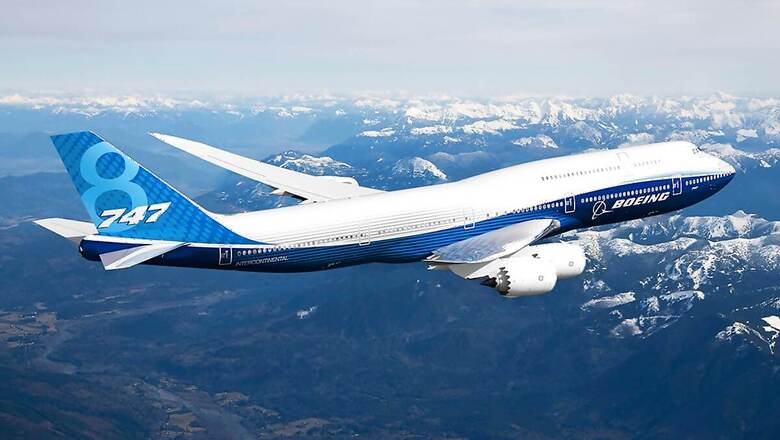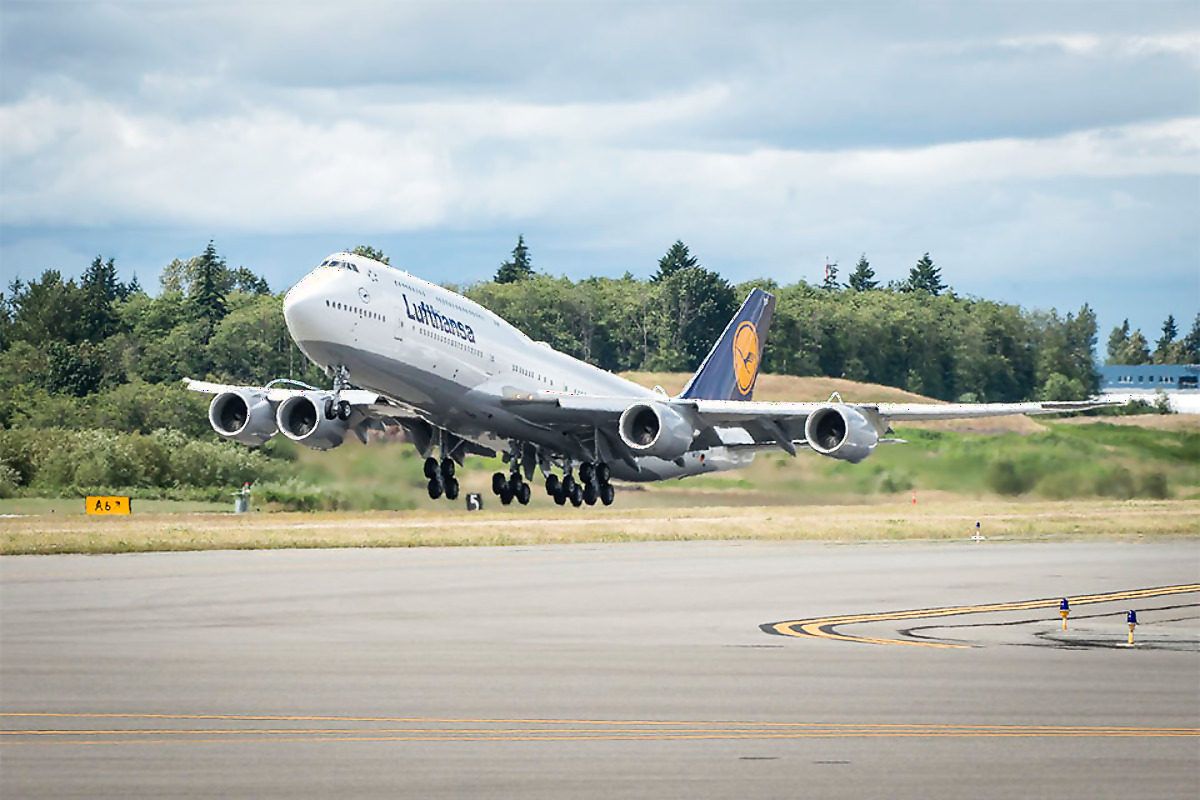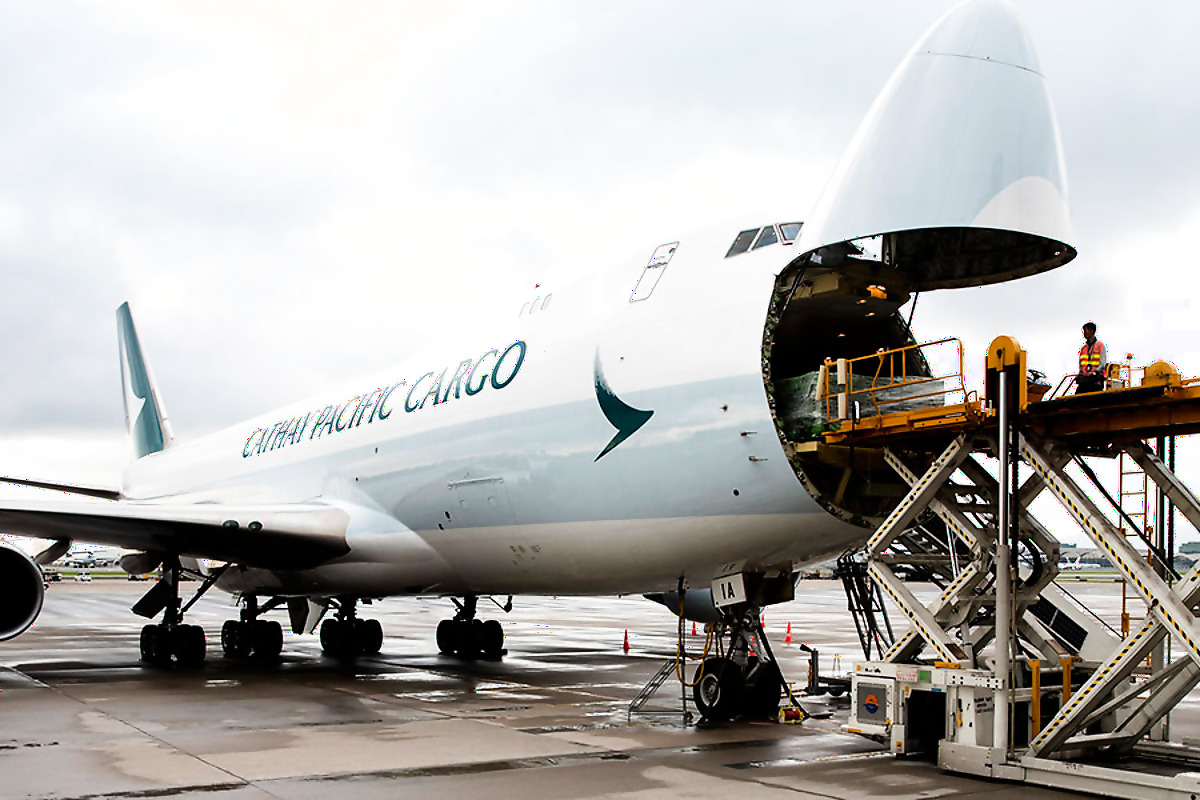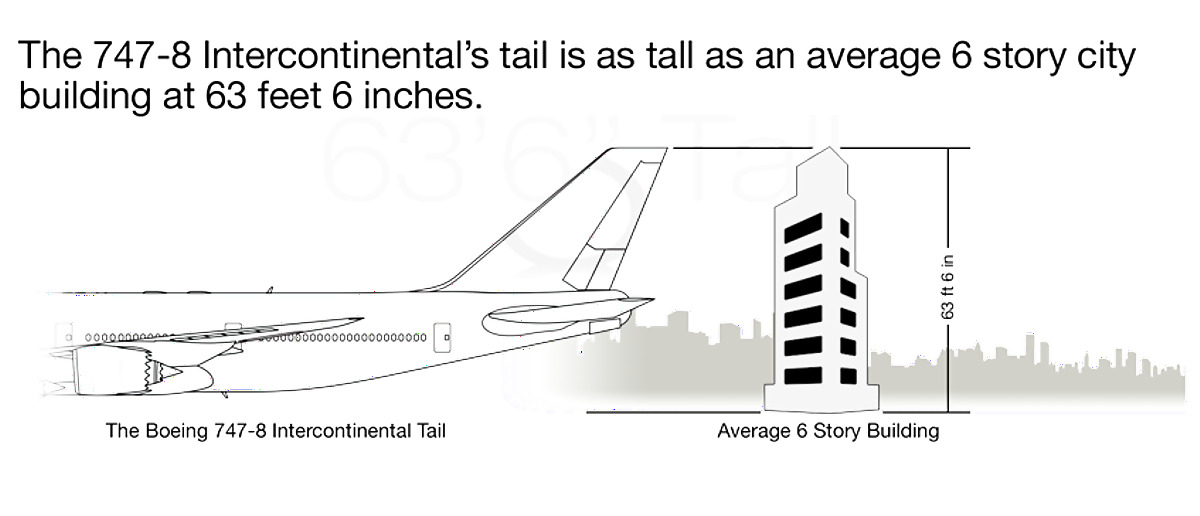
views
If humans taking up to the skies wasn’t enough of an engineering marvel, then flying something with a wingspan that almost stretches across a full-length FOOTBALL field definitely is. A few weeks after the final example of the Airbus A380 went into production, Boeing has now silently pulled the plug on its iconic 747 aircraft. Since its maiden flight in 1969, the 747 assumed a few of the most crucial roles in the global aviation industry. Hence, as the life of the 747 comes to an end, we bring you 5 ways in which the Queen of the Skies changed air travel and sparked a new era for aviation around the world.
Also Watch:
First-Ever Wide-Body Aircraft
The 747 was a celebrated model in the era of twin-aisle, wide-body passenger planes. However, if one was to trace the blueprints to the aircraft’s early stages of development, the idea of it to be a single-aisle double-deck aircraft was on the table as well. Pan Am’s founder Juan Trippe pushed the plane’s designers to come up with a double-decker layout, which Joe Stutter who is also known as the ‘father of 747’ called a ‘turkey’.
The decision was repealed after a Boeing Executive presented the aircraft in the exact same dimensions as the proposed wide-body 747’s width and height and Pan Am was impressed.
The interior of the aircraft was developed in tandem with Boeing’s long-time cabin design partner, a Seattle-based firm called Teague. The Boeing 747 was the first plane to have almost vertical sidewalls and a high ceiling which was aimed at giving the passengers a sense of space and openness.
Instead of a long thin tube, the 747’s cabin was split up with galleys and lavatories as dividers. This design became a case study was long-haul travel for nearly half a century.

Airport Modifications
Up until the 747 planes like the 707s and Douglas DC-8s were the mainstay of airlines’ international fleet. The dimensions of the 747 in comparison to them were substantially huge.
As the 747 gained popularity airlines wanted to have the prestige of flying the giant aircraft. This meant that the airports had to quickly adapt to hundreds of passengers arriving and departing with expanded boarding lounges, check-in counters, and terminals.
In addition to airports, the ground support had to make major changes as well. Aircraft tugs got a lot bigger to handle the aircraft’s weight of over 340 tonnes. Catering trucks were modified to reach the cabin doors far above the ramp and refuelling tanks now had to stretch to reach the underside of the huge wings.

An Exceptional Freight-Hauler
The 747 was developed at a time when the global aviation industry was expecting supersonic transport to be the aircraft of the future. Subsequently, experts predicted that the life of the 747 would be shortened due to the same aircraft that can travel at multiple times the speed of sound.
Fearing this, Boeing decided to fool-proof the 747 by engineering it to carrying cargo. The main deck of the 747 was then sized to about 20 feet wide, in order to handle two standard cargo containers. To make loading easier, the nose of the cargo model of the 747 opened and pivoted upwards.
This also meant that the cockpit had to be located above the main deck giving the aircraft its iconic hump just behind the deck. Space which was originally meant for the crew rest area then became the aircraft’s most renowned feature, the passenger lounge.

An Evolutionary Engine
New Airplanes are developed in tandem with new engines that are supposed to power them. As for the 747, Boeing needed a huge jump in engine power and efficiency to the get the massive aircraft in the air while consuming less fuel in order to make it economical for airlines.
The innovation for the same was put forth by Pratt and Whitney which changed the shape of jet engines forever with their JT9D turbofans. The engine differed from the engine up until then by having a huge fan at its front.
An enormous amount of air is forced into the engine out of which only a small portion goes into the engine’s core, which is then compressed, mixed with fuel and ignited to drive the turbine. This turns the huge fan that pushes the jet forward.
This kind of engine proved to be quieter, more powerful and delivered better fuel efficiency.

A True Queen on Paper
Before the Airbus A380 took centre-stage, the Boeing 747 was the largest aeroplane in the world. Even after the entry of the French giant, the 747 continued to be the longest one in the sky. In 2 class layout, the aircraft can seat up to 525 passengers.
The Boeing 747 comes with three engine options including the Pratt & Whitney JT9D engine, the Rolls-Royce RB211 and the GE CF6 engine. It has a maximum fuel capacity of 216,840 litres and can travel up to 13,450km.
It can travel up to 910kmph at 35,000 feet which is fast enough to cover the length of three FIFA FOOTBALL fields in just one second.
The tail of a Boeing 747-8 is 63 feet and 6 inches high. To put things into perspective, this is as high as an average 6 storey city building.
At the moment, there are only around 170 of the passenger version of the 747 still in fleets around the world, and fewer than 30 currently in use.
While we know that the gigantic wings will make an appearance a few times in the near future, its impact on the global aviation industry would not be as massive as itself.




















Comments
0 comment